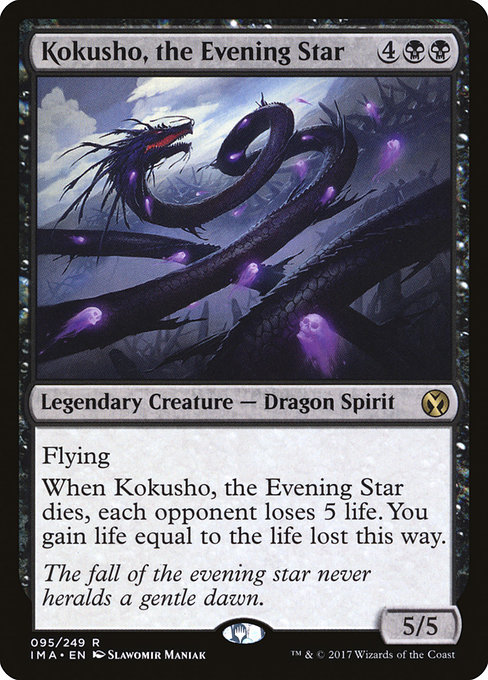Deck & Commander Strategies

Kokusho, the Evening Star
Leverages life gain and drain effects combined with card draw and incremental creature advantage to outlast opponents and control the board, often winning through drain damage or combo finishers.
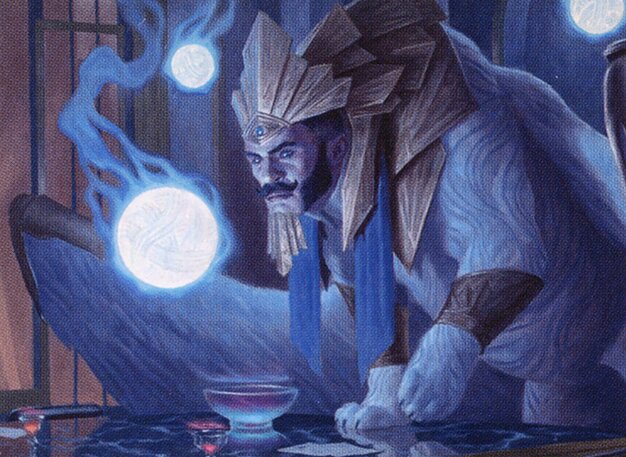
Tivit, Seller of Secrets
Focuses on artifact synergies, generating treasure tokens, and using combo pieces like Time Sieve to take multiple extra turns and quickly close the game.
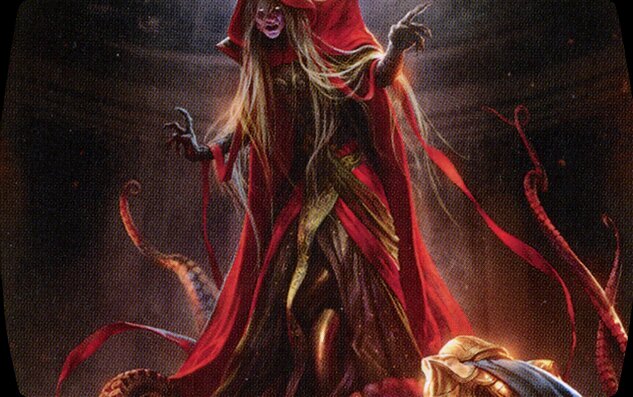
Dihada, Binder of Wills
Utilizes disruption through discard, sacrifice effects, and tutors to control opponents’ hands and boards, aiming to leverage incremental advantage and combos involving the commander and artifact recursion.

The Gitrog Monster
Builds a powerful engine around land sacrifice and card draw synergies, using sacrifice outlets and artifact ramp to generate massive value and combo potential.
Gameplay Insights
- 1
The Gitrog Monster player carefully managed their sacrifice triggers and land drops to maximize card draw and board presence.
- 2
Tivit's use of Time Sieve to generate extra turns was a primary win condition, requiring opponents to disrupt artifact synergies quickly.
- 3
Dihada's discard and sacrifice effects were aimed at controlling opponents' options but were partially hindered by Curse of Totem, which limited activation of artifacts.
- 4
Players prioritized removal of disruptive permanents like Curse of Totem to enable their combo lines and maintain tempo.
- 5
Tutors such as Demonic Tutor and Imperial Seal were key for setting up combo pieces and answers, highlighting the importance of efficient deck manipulation in cEDH.
- 6
Combat decisions were targeted to remove key commanders or disrupt combo players, indicating a meta-aware approach to threats and timing.
Notable Cards
-
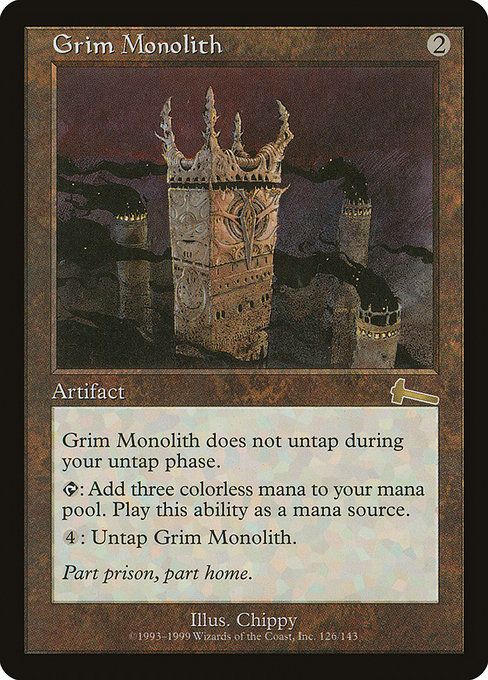
Grim Monolith
-
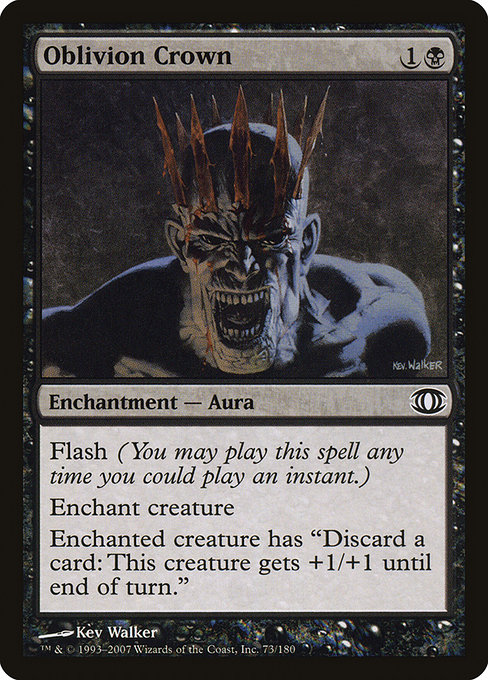
Oblivion Crown
-

Demonic Tutor
-
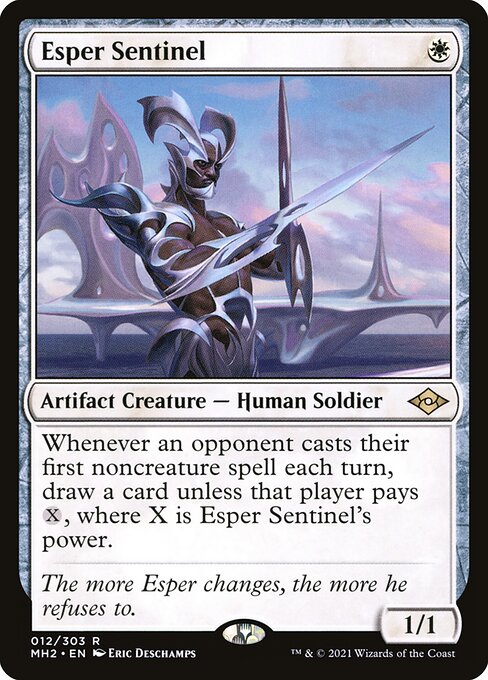
Esper Sentinel
-
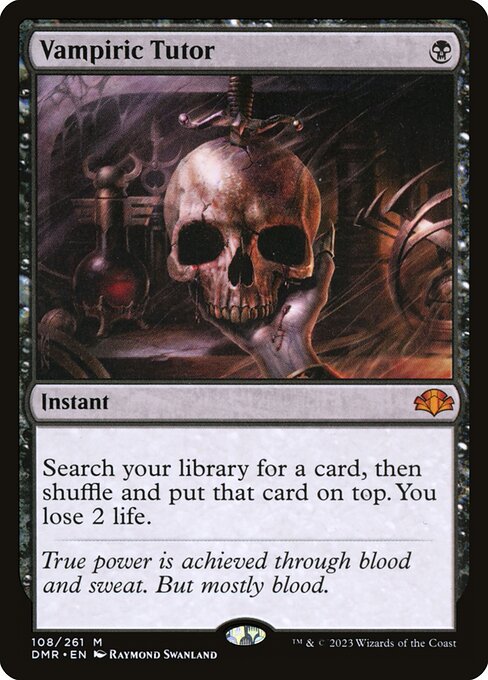
Vampiric Tutor
-
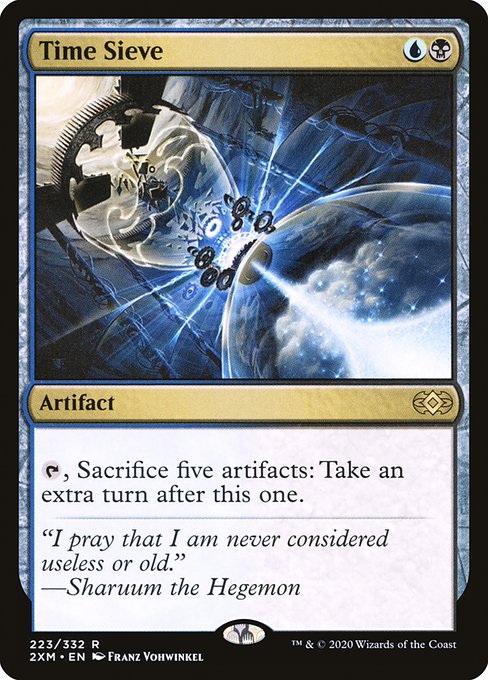
Time Sieve
-
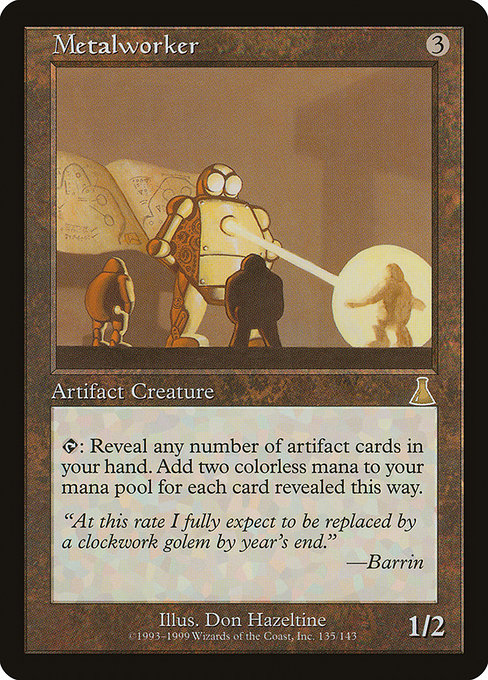
Metalworker
-
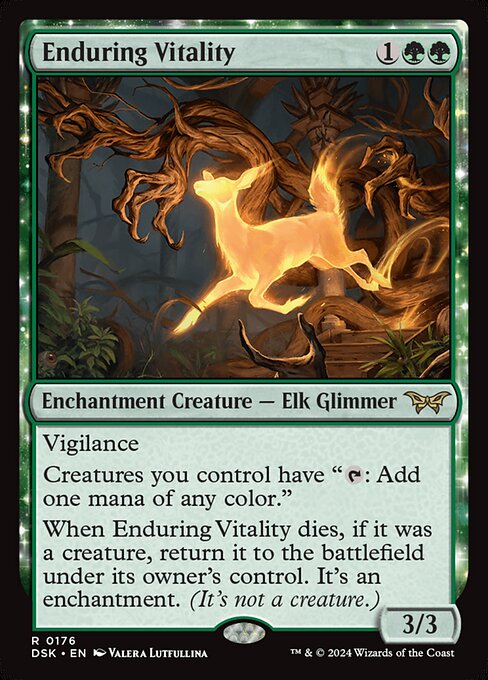
Enduring Vitality
-
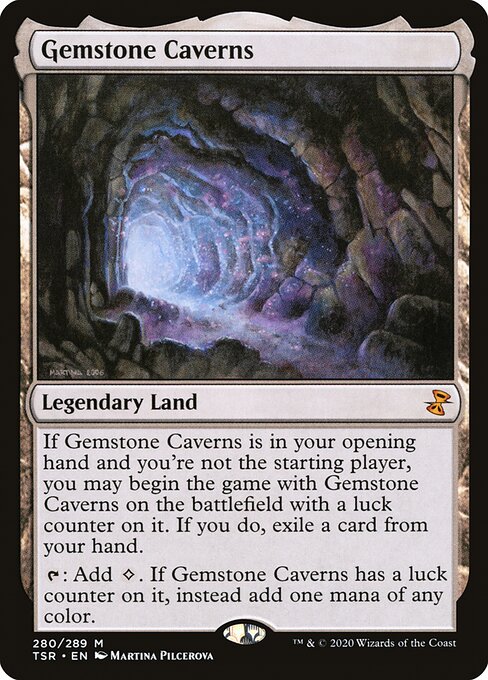
Gemstone Caverns
Gameplay Summary
The game started with all four players setting up their mana bases and early ramp, with key cards like Grim Monolith, Birds of Paradise, and various mana rocks appearing early.
The Gitrog Monster player established a strong engine with lands and artifact ramp, using cards like Oblivion Crown and enduring vitality to generate value and control the board.
Meanwhile, Tivit leveraged artifact synergies and early flying threats to pressure opponents, while Kokusho focused on life gain and card advantage through creatures like Archist of Okrama.
Dihada struggled with the Curse of Totem but utilized powerful tutors and discard strategies to maintain options. As the game progressed, key interactions involved the Gitrog Monster player repeatedly sacrificing lands and drawing cards, fueling their advantage and disrupting opponents' resources.
Tivit managed to generate treasure tokens and extra turns with Time Sieve, creating a potent combo threat.
Player removal was strategically aimed to neutralize disruptive permanents like Curse of Totem, helping maintain offensive momentum.
Kokusho and Dihada focused on tutoring and incremental advantage but faced pressure from the aggressive treasure-based combos and disruption.
The game saw several pivotal moments including the use of Demonic Tutor, sacrifice synergies with Dihada's commander, and multiple combat phases where players targeted each other's critical resources, setting the stage for a combo finish likely revolving around Time Sieve or Gitrog's land sacrifice engine.


